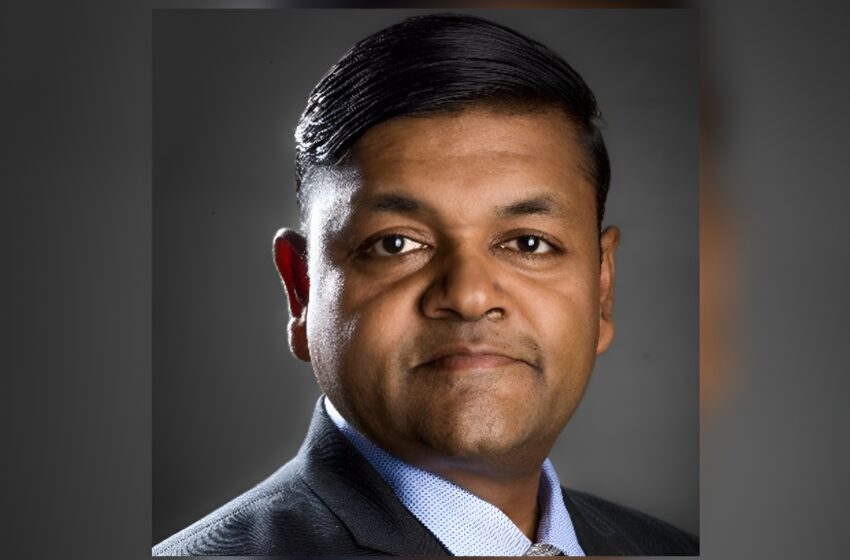India is a land of vibrant cultures, breathtaking landscapes, and ancient traditions that have always offered great tourist attractions. Experiences for tourists range from pulsating cities to peaceful retreats. But now, there is a new star rising on the horizon of Indian tourism: the amusement parks! These lively, fun-filled havens are not just for kids; they are crafting unforgettable moments for people of all ages and, in a way, giving an entirely new dimension to the Indian travel experience.
The Indian amusement park scenario is currently booming and is worth billions of dollars. It is still emerging and full of opportunities for new innovations and exciting developments.
An Exciting Getaway
Imagine the wind rushing through your hair as you hurtle down a roller coaster track, experiencing the refreshing splash as you plunge into a water ride, or revelling in joyous laughter reverberating around a carousel. Amusement parks offer an exciting blend of family-friendly attractions, heart-pounding rides, and interactive entertainment, making them a popular travel destination that draws visitors from all over the world.
Multigenerational Fun
Amusement parks are growing as the face of family vacations in India, engaging and entertaining every age group, from toddlers to grandparents. There are gentle rides for the young ones, with their favourite cartoon characters waiting to meet and greet. Teenagers and adults get heart-pounding, adrenaline-rushing roller coasters and intricate water slides. Many parks also have themed dining features, live entertainment, and shopping areas; hence, they offer a full package for fun and relaxation.
Economic Impact and Employment
The surge of amusement parks in India is not just about fun; it is also about economic growth. These parks attract millions of tourists annually, significantly boosting local economies. They create numerous jobs, from ride operators and entertainers to food vendors and security personnel. Furthermore, they spur the growth of additional businesses, such as hotels, restaurants, and transportation services, further contributing to the economy.
Promoting Local Culture and Heritage
Many Indian theme parks offer a distinctive fusion of entertainment and education by skilfully incorporating the local culture. They celebrate the rich history and diversity of India through themed attractions, local cuisine, and traditional dance performances for visitors to enjoy.
Technological Wonders
Indian amusement parks are at the forefront of technological advancements, using innovative technology to enhance visitor experiences. From virtual reality rides and interactive attractions to advanced safety measures and eco-friendly initiatives, these parks are constantly evolving to provide the best possible experience for visitors.
The future looks bright for India’s amusement park industry. New expansions with technological advancements promise even more thrilling and immersive experiences, ensuring that amusement parks remain a key attraction for tourists.
The thrill that amusement parks provide is instilled in the spirit of Indian tourism, as they create travel experiences that are unforgettable for their fun, culture, and adventure. Be it the adrenaline rush for thrill seekers, a perfect family vacation, or revisiting childhood memories, India’s amusement parks have their magic to unfurl. Life is a roller coaster, so why not enjoy every twist and turn?






